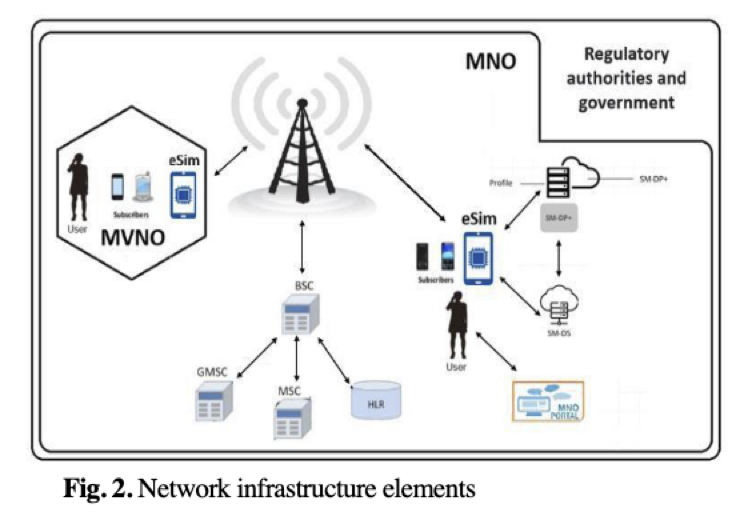Embedded-SIM (E-SIM) an overview in Latin America: implementation, availability, advantages and disadvantages
DOI:
https://doi.org/10.14209/jcis.2024.5Keywords:
Embedded-SIM, E-SIM, Virtual SIM, SIM CardAbstract
Search new forms for data management and security is a continuous tendency for mobile operators. Proof of this is the trend of the latest technology related to the Embedded Subscriber Identity Module or Embedded-SIM (E-SIM). Recently there was an increase in the number of devices that offer this technology as a security element for the access to the network, however, it is clear the lack of consistent information for the implementation of this technology within Latin America. This research presents a current overview about the evolution of the embedded subscriber identity module, aiming to present the general characteristics that are part of the network, evaluate the current status of implementation and adoption with Latin America carriers, showing the obstacles in the process of acceptance of new technology by users as well as the advantages, disadvantages of E-SIM in relation to the traditional SIM Card. The investigation was carried out through documentary surveys and field research, the data was collected to demonstrate the current perspective of the implementation of E-SIM and adoption by customers and network operators in Latin America. The observed results showed that the adoption of E-SIM in Latin America has been increasing, it was observed that most countries have at least one carrier that makes available and offers this service. Regarding the advantages and disadvantages, evidence has been observed place E-SIM like a better technology than a SIM Card.
Downloads

Downloads
Published
How to Cite
Issue
Section
License
Copyright (c) 2024 Hyggor Da Silva Medeiros, Leandro de Souza Bezerra, Fernando Trinidad España, Jefferson Tiago Santos de Oliveira (Author)

This work is licensed under a Creative Commons Attribution 4.0 International License.
Authors who publish in this journal agree to the following terms:
- Authors retain copyright and grant the journal right of first publication with the work simultaneously licensed under a CC BY-NC 4.0 (Attribution-NonCommercial 4.0 International) that allows others to share the work with an acknowledgment of the work's authorship and initial publication in this journal.
- Authors can enter into separate, additional contractual arrangements for the non-exclusive distribution of the journal's published version of the work (e.g., post it to an institutional repository or publish it in a book), with an acknowledgment of its initial publication in this journal.
- Authors are permitted and encouraged to post their work online (e.g., in institutional repositories or on their website) before and during the submission process, as it can lead to productive exchanges, as well as earlier and greater citation of published work (See The Effect of Open Access).
___________
Accepted 2024-01-29
Published 2024-02-15


